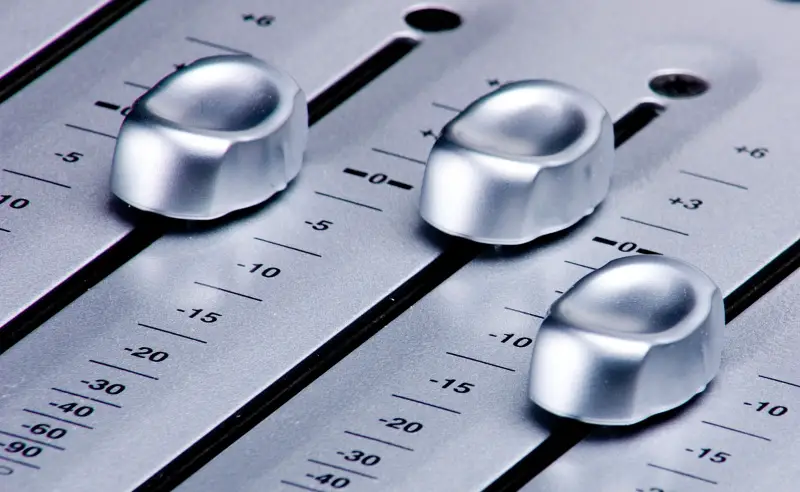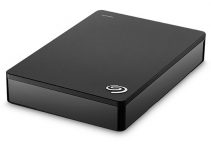Probably because I was an audio guy before becoming a filmmaker, I’ll never stop emphasising how important and essential aspect is sound for every video or film production. Unfortunately, throughout the years, I’ve seen many examples of stunning cinematography and poorly mixed audio in the same production. You can easily guess what is the overall reaction of the people in the audience when they experience something like this in the cinema or in front of the TV.
You’ve heard this a lot and for a reason. The majority of your audience who tend to watch your next movie will accept and even forgive some bad lit or out of focus frames here and there, and probably a handful of them might not even notice.
Yet, the mediocre audio mix will distract the attention of every single person in your audience without exception. So be extremely cautious how exactly you are going to approach this aspect of the creative process. I even encourage you to consider it long before you start the actual filming.
Speaking of sound, one of the most common misunderstandings is actually related to setting the right audio levels and getting the right balance among all audible elements in the sound mix. Again, there are no strict rules that you can follow which makes your task as a sound engineer even more challenging and overwhelming.
Moreover, many seasoned professionals tend to agree that for every platform you are going to deliver your production you should set the audio levels and mix the soundtrack accordingly. For instance, the audio mix for your online distribution channels may be different from the one you should prepare for broadcast or theatrical distribution. Yet, the following general recommendations should give you some basic ideas what you should be paying close attention to.

It may sound too obvious but never go above 0 dB as in the digital world this is the absolute maximum you can go. Beyond this levels, you’ll simply lose audio information and clipping and distortion will occur. Try to keep you average RMS in the –10db to -12db range. When mixing audio treat every sound as it’s part of the natural environment of the world around you.
Let your dialogue be the main reference component of your entire audio mix. Be very careful with your dialogue levels and make sure that they are relatively consistent throughout the whole production.
There are many great software and hardware tools available today that can make every sound almost unrecognisable by applying some heavy multi-band compression, filtering or distortion effects, yet in the filmmaking, this is not always the right approach unless you are working on the sound mix of the latest Transformers sequel. Generally, it’s accepted to have a slightly higher levels for certain scenes when this is motivated by the scene itself, but never turn this into practice, unless you want to achieve a certain effect intentionally.
Here is another extremely informative tutorial on how to calibrate your own audio system before you start working on your project.
Usually, the dialogue is the most important component of your audio mix whether you are working on a short, documentary or a feature film so try to keep it around -12db on average. When there is dialogue in the scene and you need to put some music in the background try to keep it at least –3db to -9db below your dialogue audio levels depending on the overall dynamics of your music.
Applying some EQ notching may also help. Use the same rule when you add foley or other effects to the scene as well. When you don’t have a dialogue in the scene then you may experiment with higher levels but always try to stick to the natural dynamics and logic of the sound in your scene.
Your final mix should be balanced and optimised, free of unwanted distorted audible artefacts or too high levels. The only occasion when you can afford to apply more compression to the master audio mix is when you’re going to distribute your production online.
For all other distribution channels, your mix should sound as natural and pleasant as possible. And, always remember that the dynamic range of your audio is just as crucial and important as the one of your video.
[via: Premium Beat]
Disclaimer: As an Amazon Associate partner and participant in B&H and Adorama Affiliate programmes, we earn a small comission from each purchase made through the affiliate links listed above at no additional cost to you.





A very nice article, thanks.
Cheers mate!